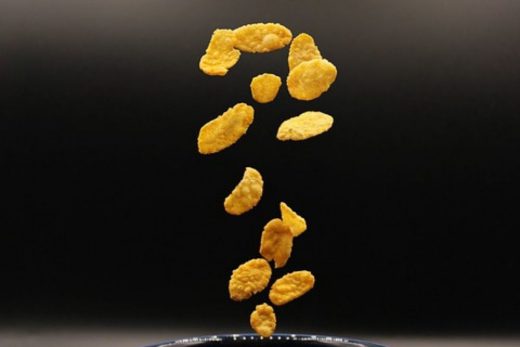Cachaça—Is it rum, or is it not rum? Last week’s encyclopedic guide to rum sparked some discussion in the comments about whether or not cachaça counts as rum. I made a decision, in part out of expediency, to treat it as a separate spirit category. After all, last week’s piece was already turning into a monster. Adding a section just for cachaça might have killed me.
Before we tackle the question, I’ll explore what cachaça is, how it’s made and aged, and what it generally tastes like.
Cachaça Casks
Now, most aged liquors—rum, scotch, bourbon, cognac, and tequila, for example—are aged in oak barrels. (In some cases—bourbon and scotch, for example—there are strict laws defining what exact type of oak barrel may be used.) Some aged cachaças also spend time in oak, but not all. Other woods used include such Brazilian varieties as umburana, ipê, cedar, balsam, jatobá, freijó, and jequitibá.





